Weird garden hacks often sound too strange to be true—coffee grounds for roses, banana peels for tomatoes, even diapers under potted plants. But ask any experienced gardener, and chances are they’ve tried at least one of these “crazy” ideas—and it worked. Some of the most effective tips come from trial, error, and a whole lot of backyard experimenting. Over time, these oddball tricks have become go-to secrets passed between garden lovers like heirlooms.
Whether it’s using kitchen scraps to repel pests, unusual containers that boost plant growth, or household items that double as tools, these are the hacks people swear by—because they actually get results. They’re simple, affordable, and sometimes a little ridiculous. But best of all, most of them require no fancy gear or gardening degree—just curiosity and a willingness to try.
If you’re the type who loves to bend the rules, experiment a little, and watch your garden thrive in the most unexpected ways, this list is your new favorite. These 20 garden hacks might sound strange, but they might just change the way you garden forever.
Bury Banana Peels
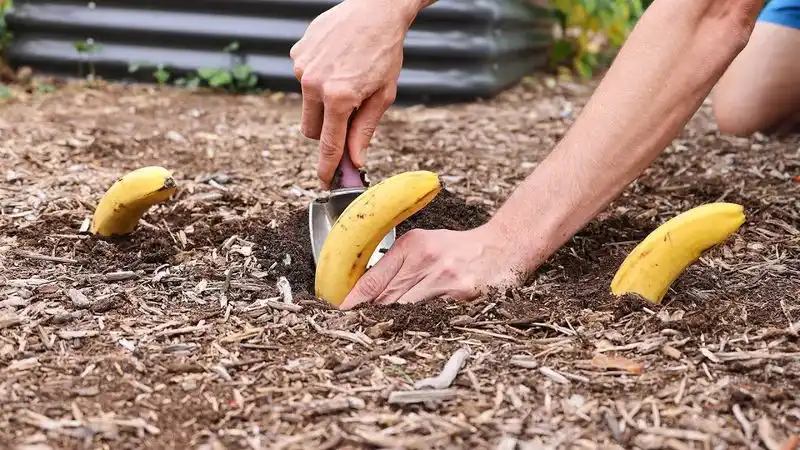
Banana peels aren’t just for comedy slips; they can be a gardener’s secret weapon. Rich in potassium and phosphorus, these peels provide essential nutrients that roses adore. Simply bury a banana peel near the roots of your plants and watch them thrive. This hack is not only cost-effective but repurposes waste into garden gold. Next time you enjoy a banana, remember your rose bushes will appreciate the leftovers. The boost in nutrients can lead to more vibrant and plentiful blooms.
Eggshell Seed Starters
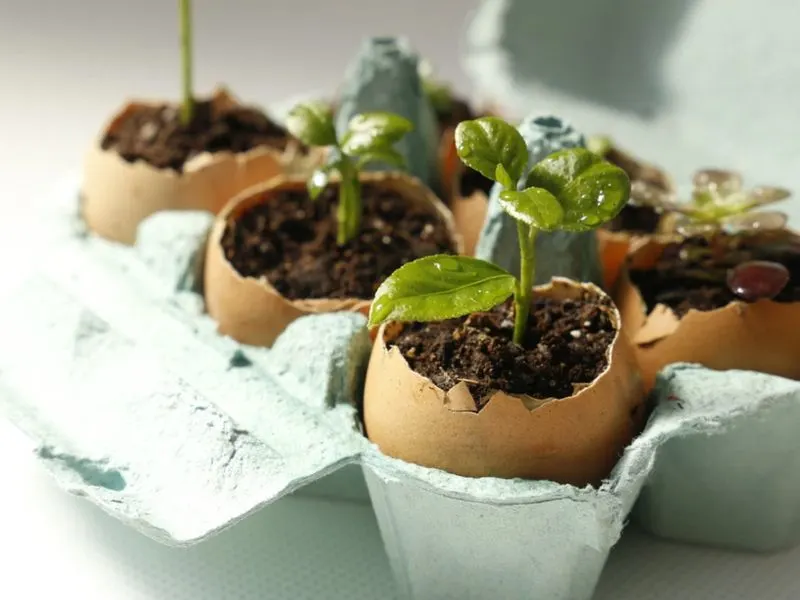
Eggshells are not only biodegradable but also packed with calcium, making them excellent mini pots for seedlings. Crack an egg, enjoy breakfast, and save the shell for your garden. Fill each shell with potting soil, plant a seed, and place them in a carton to keep them steady. These eco-friendly starters can later be planted directly into the soil, shell and all, providing an extra boost of nutrients to growing plants. Plus, it’s a fantastic way to recycle what you already have.
Use Coffee Grounds
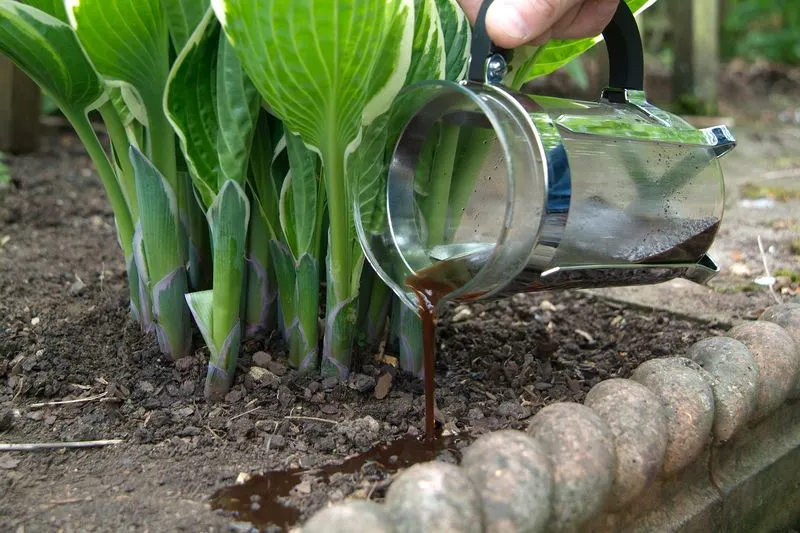
Leftover coffee grounds are a fantastic addition to your compost pile or directly into garden soil. They improve drainage, water retention, and aeration in the soil, beneficial for a variety of plants. Additionally, coffee grounds can deter certain pests like slugs and snails while attracting earthworms, which enhance soil quality. Spread the grounds thinly to prevent mold, making sure they integrate well with the soil. This waste transformation makes your morning brew even more rewarding.
Aspirin Plant Booster
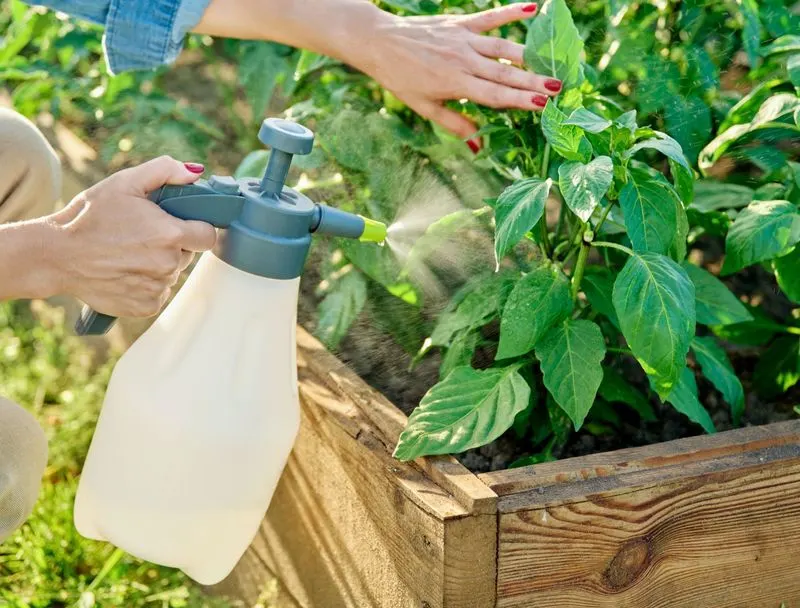
Aspirin, a household staple, can surprisingly bolster plant health. Dissolving aspirin in water and applying it to your plants can enhance their immune response, making them more resistant to pests and diseases. Studies suggest that salicylic acid in aspirin helps strengthen plant defenses, particularly in tomatoes and peppers. This simple remedy is both affordable and easy to apply, offering a scientific edge to traditional gardening practices and promising a healthier yield.
Milk for Mildew
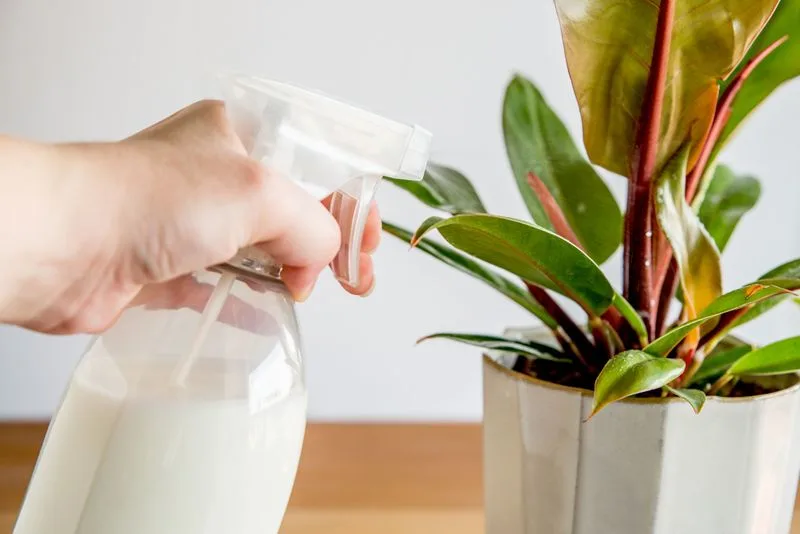
Milk does more than strengthen bones; it can also combat powdery mildew on plants. The proteins and natural compounds in milk help fight fungal infections, making it a gentle yet effective treatment. Mix milk with water in a spray bottle and apply it to affected leaves early in the day for best results. As an organic solution, it reduces reliance on harsh chemicals while nurturing a healthier garden environment. Who knew a staple from the fridge could wield such gardening power?
Sugar Water for Transplants
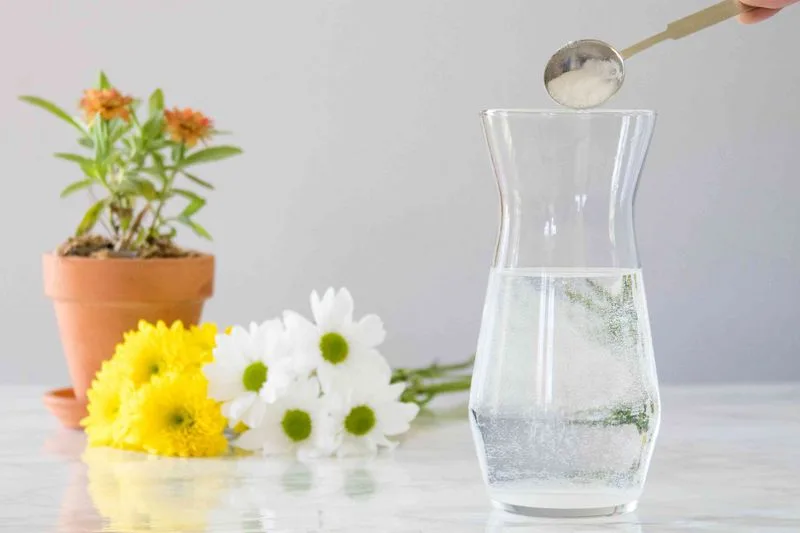
Transplant shock can be a hurdle for new plants, but a dose of sugar water can ease the transition. The glucose in sugar water provides an immediate energy boost to plants, helping them adjust to new environments. Dissolve sugar in water and water your transplants with this sweet solution. This hack not only minimizes shock but also aids in root establishment, propelling your plants toward healthy growth. A little sweetness can go a long way in ensuring transplant success.
Vinegar Weed Killer
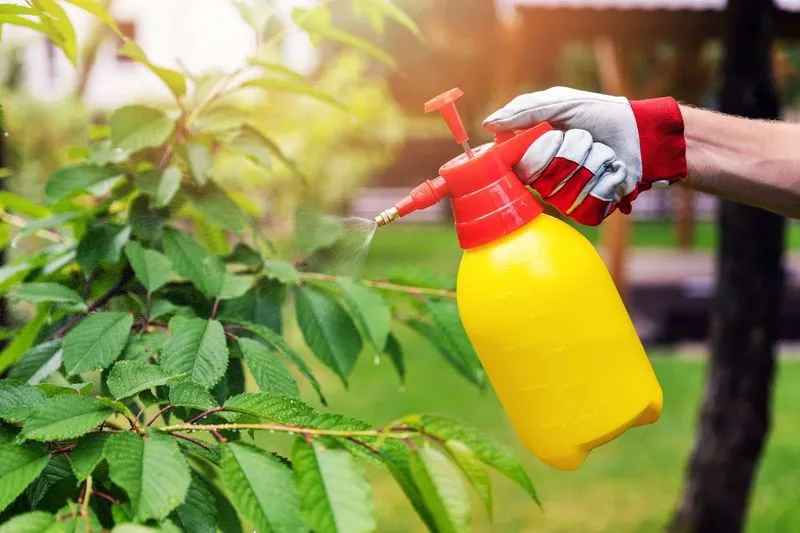
Vinegar, a common kitchen staple, doubles as a natural weed killer. Its acetic acid content is potent against weeds, drying them out and preventing growth. Apply vinegar directly onto the weeds on a sunny day for optimal effect. This eco-friendly method avoids harsh chemicals, making it safer for pets and children. Regular application can keep your garden paths clear and neat, maintaining a tidy and healthy garden space. It’s an easy, accessible solution for gardeners seeking chemical-free alternatives.
Epsom Salt for Vegetables
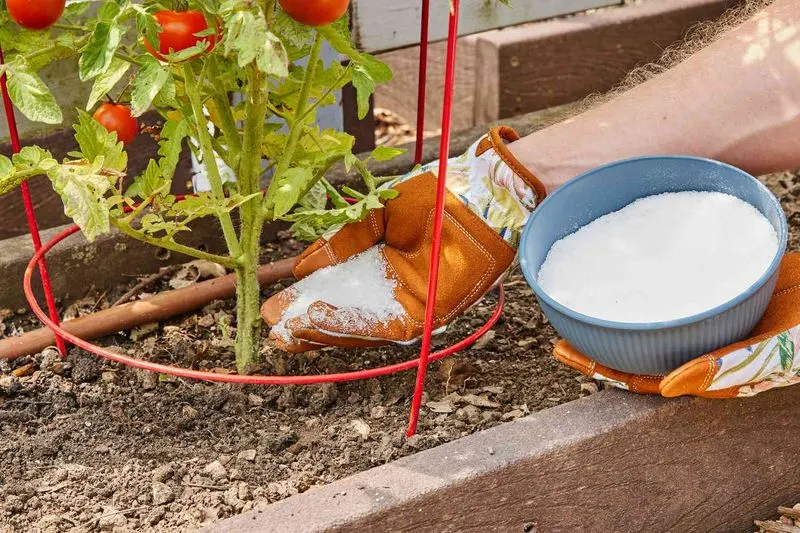
Epsom salt isn’t just for baths; it’s a secret weapon for boosting vegetable growth. Rich in magnesium and sulfate, it enhances nutrient uptake in plants such as peppers and tomatoes. By mixing Epsom salt with water or directly applying to the soil, plants receive a nutrient boost promoting greener leaves and stronger blooms. Use this hack sparingly; while beneficial, too much can lead to nutrient imbalance. This approach offers a balanced method for supporting vibrant vegetable gardens.
Baking Soda for Sweeter Tomatoes

Baking soda, a pantry staple, can enhance the sweetness of your tomatoes as they grow. By lowering acidity in the soil, it allows natural sugars to develop more readily. Simply sprinkle a small amount around the base of tomato plants. This gentle adjustment in soil pH encourages a tastier yield without introducing harmful chemicals. The result? Homegrown tomatoes bursting with flavor, elevating your salads and sauces to new heights. A delightful surprise from your kitchen cupboard.
Hydrogen Peroxide Soil Aerator

Hydrogen peroxide, often found in medicine cabinets, serves as an effective soil aerator. Diluted in water, it releases oxygen molecules that enhance root growth and soil health. This helps combat root rot and promotes vigorous plant development. By spraying or watering plants with the solution, gardeners can ensure their soil remains oxygen-rich and roots remain robust. It’s a simple yet powerful method to improve plant vitality, offering an extra breath of fresh air to your garden.
Beer Trap for Slugs
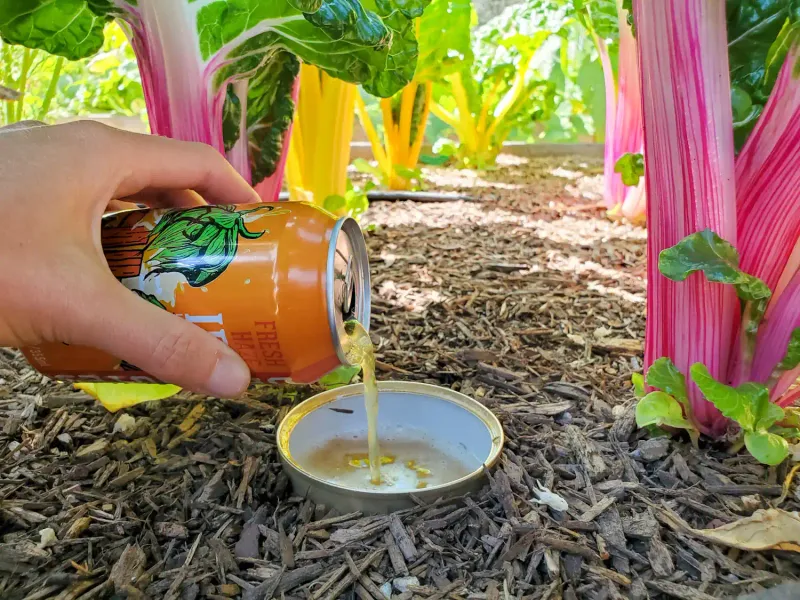
Beer isn’t just for barbecues; it’s a clever trap for slugs. The yeasty smell attracts these pests, leading them to the dish where they’re trapped. Place shallow containers filled with beer around your garden to protect vulnerable plants like lettuce and hostas. This method is organic and reduces the need for chemical deterrents. Regularly empty and refill the traps to maintain effectiveness. It’s an unexpectedly efficient way to manage pesky slugs while enjoying a cold one yourself.
Use Cinnamon for Fungus
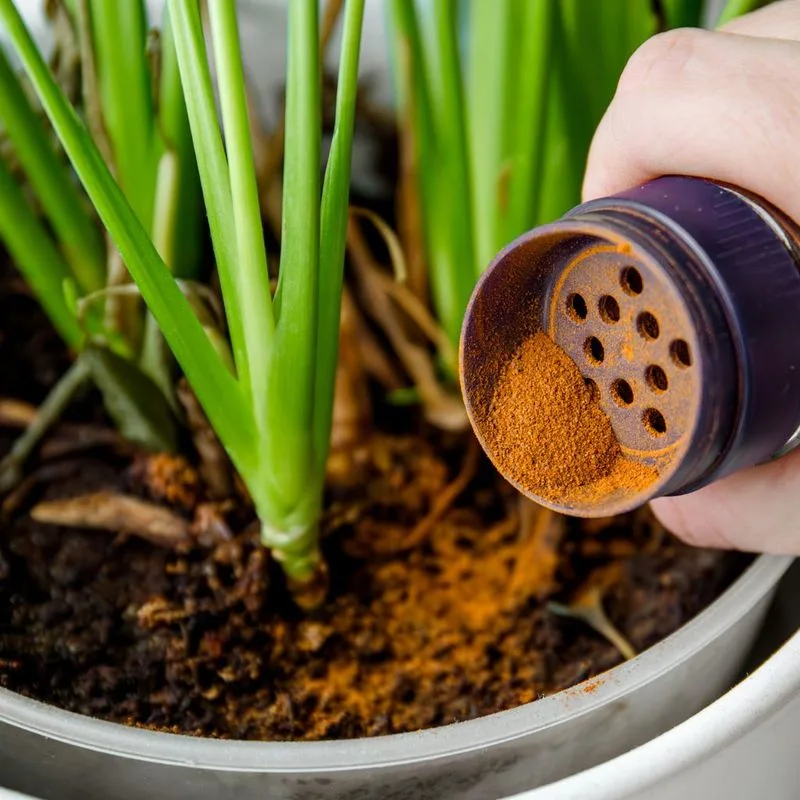
Cinnamon isn’t just a spice; it’s a natural fungicide perfect for fighting off fungal diseases in seedlings. Sprinkle a light dusting over the soil surface to prevent damping-off and other fungal issues. This aromatic powder safeguards young plants without chemical interference. For gardeners seeking natural solutions, cinnamon offers a fragrant, effective option. Using it in your routine can protect your seedlings, ensuring a healthy start to the plants’ development in a safe environment.
Soap for Aphid Control
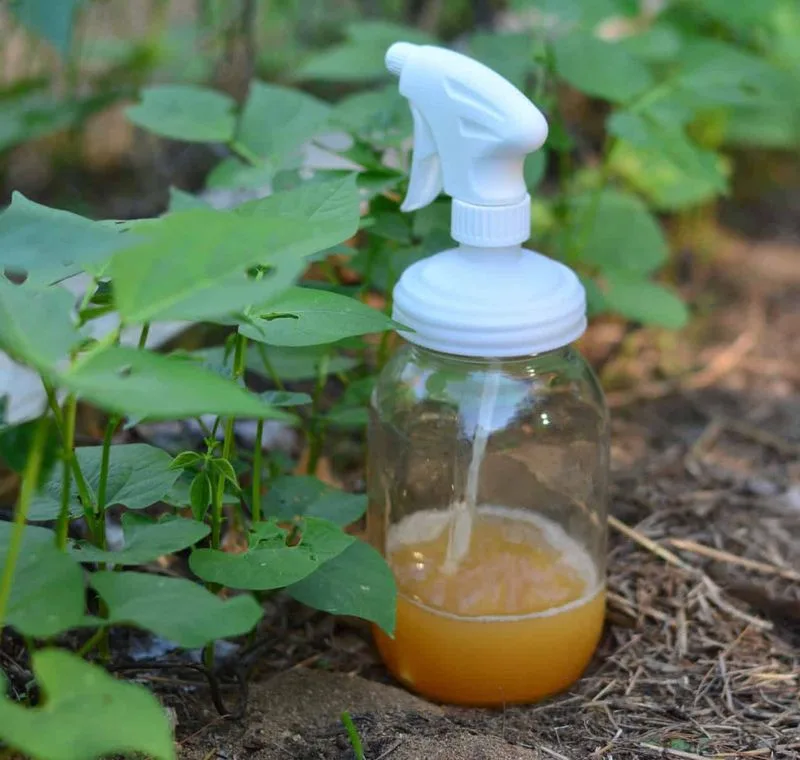
Soap, a household staple, proves effective against pesky aphids. By grating soap into water and creating a gentle spray, you can deter these insects without harmful chemicals. The soap solution coats aphids, suffocating them and preventing further damage. This method offers an environmentally friendly way to maintain the health of your plants. Regular application ensures that your garden remains a haven for growth, free from the stress of aphid invasions. An elegant solution for pest control.
Use Hair to Deter Animals
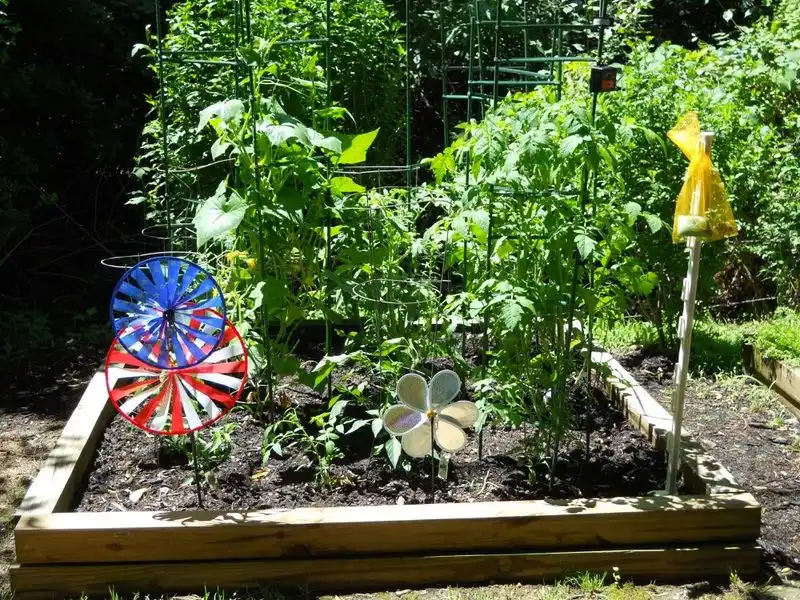
Human hair, often discarded, can serve as a deterrent for animals in your garden. The scent of human hair signals danger to animals like deer and rabbits, keeping them at bay. Spread hair clippings around plants to create a natural barrier. This method not only recycles waste but also provides a humane way to protect your garden. It’s a surprising yet effective strategy that uses our biological signature to maintain a peaceful, thriving garden space.
Use Nails for Iron Boost
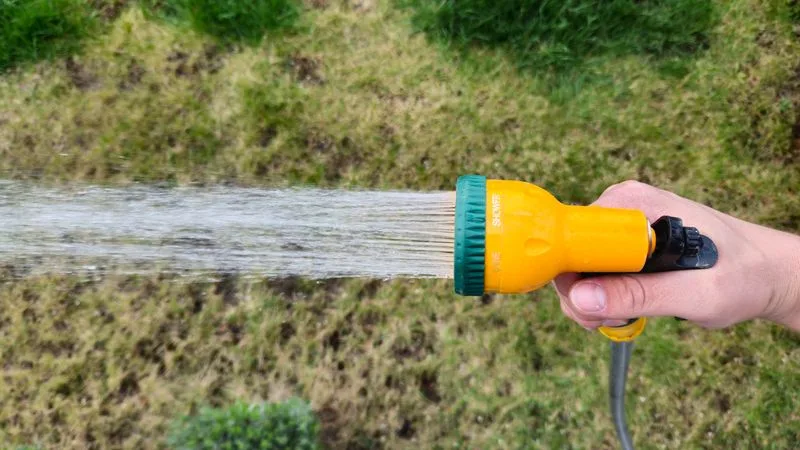
Old, rusty nails may seem like junk, but they’re a rich source of iron for your plants. Burying nails near the roots can help combat chlorosis in plants like roses and azaleas. The iron from the rust slowly leaches into the soil, providing essential nutrients. This hack is particularly useful for those who notice yellowing leaves in their garden. By repurposing rusty nails, you can restore plant vitality and enhance the green vibrancy of your foliage organically.
Use Marigolds for Pest Control
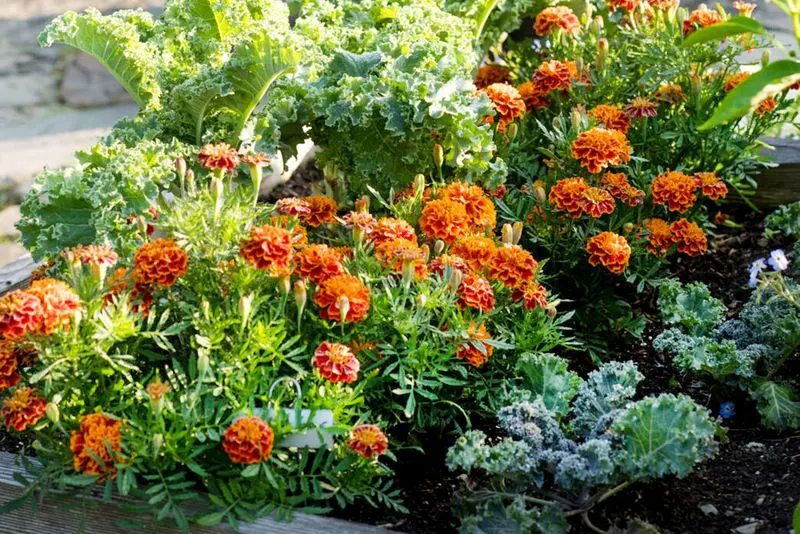
Marigolds, with their bright blooms, are more than just ornamental. They emit a scent that deters nematodes and other pests, making them a natural choice for companion planting. Placing marigolds around vegetable patches can protect crops without harmful sprays. Their presence promotes a balanced ecosystem, attracting beneficial insects while repelling harmful ones. This method adds color and utility to your garden, showcasing nature’s way of maintaining harmony among plants.
DIY Drip Irrigation with Bottles
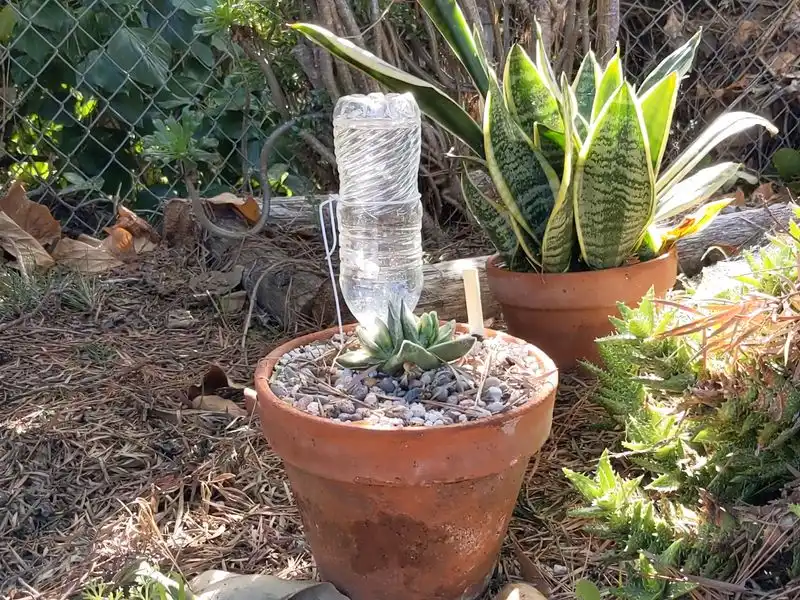
Plastic bottles, often destined for recycling, can be repurposed into DIY drip irrigation systems. By poking holes and burying them near plant roots, they slowly release water, ensuring consistent moisture. This method saves water and offers a low-cost, efficient irrigation solution. Perfect for dry spells or busy gardeners, it keeps plants hydrated without the need for constant attention. Transforming everyday items into garden tools showcases creativity and resourcefulness, benefiting both garden and gardener.
Algae as Fertilizer
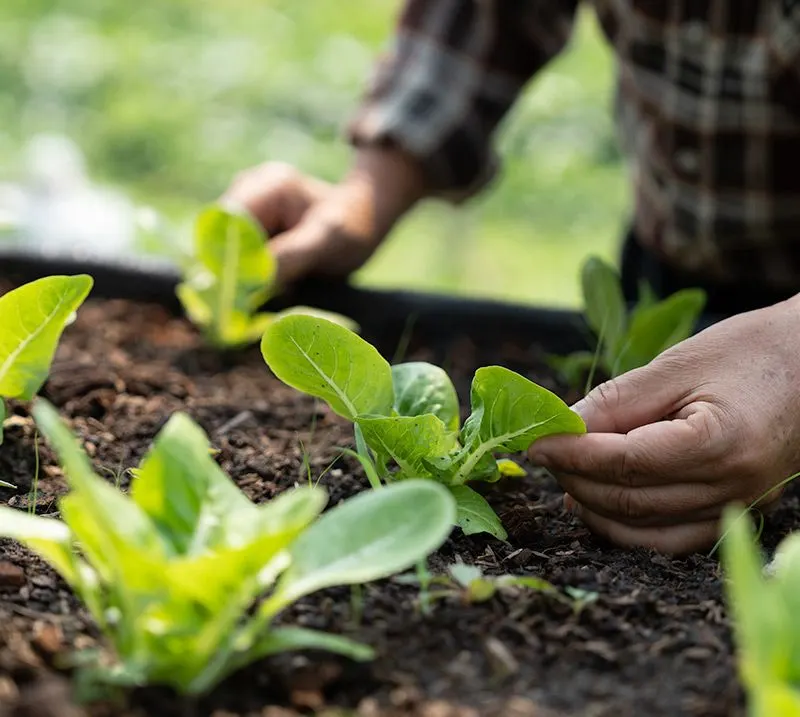
Algae, often seen as a nuisance, can be a valuable fertilizer. Rich in nutrients, it boosts soil health and plant growth. Collecting algae from ponds and mixing it with water creates a nutrient-rich solution. Used as a soil amendment, it improves fertility and structure. This sustainable approach recycles natural resources, transforming waste into an asset. It’s a green method that aligns with eco-friendly gardening practices, offering a fresh perspective on algae’s potential benefits.
Use Gravel for Drainage
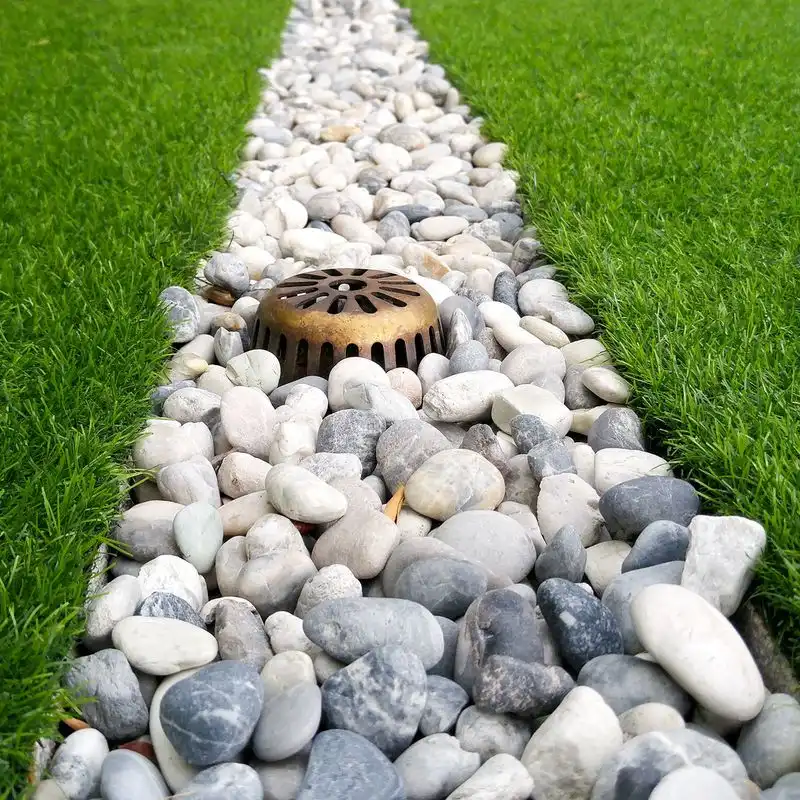
Gravel, while seemingly mundane, plays a crucial role in enhancing drainage in potted plants and garden beds. By layering gravel at the bottom, excess water drains effectively, preventing root rot. This simple technique ensures plants receive proper hydration without waterlogging. Ideal for areas with heavy rainfall, it maintains soil health and stability. Adopting gravel for drainage offers a practical and aesthetic solution, promoting healthy plant growth and adding texture to garden designs.

